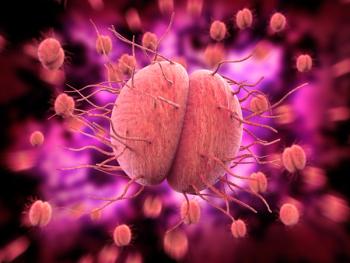
Adolescent vaccine coverage needs improvement
A report published in the August American Journal of Preventive Medicine found that the US healthcare system may not as effective as it should be in getting vaccines to the adolescent population.
A report published in the August American Journal of Preventive Medicine found that the US healthcare system may not be as effective as it should be in getting vaccines to the adolescent population.
The Adolescent Working Group of the National Vaccine Advisory Committee assessed the state of national adolescent immunizations and identified specific areas that need improvement.
For example, since adolescents usually interact with the healthcare system only for acute issues, primary care physicians may not be the most effective providers of vaccine administration. Pharmacies, clinics, emergency rooms, and health departments may provide effective alternate options.
In addition, the report stated that current programs that encourage adolescents to participate in preventive behaviors have not met with success when it comes to immunizing the majority of this population with the tetanus booster. New communication materials are needed to ensure that adolescents understand the need and timing of this vaccine.
Finally, the capacity for adolescent consent for health-care services varies widely from state to state, which might impede national goals for adolescent immunization coverage.
Newsletter
Access practical, evidence-based guidance to support better care for our youngest patients. Join our email list for the latest clinical updates.








